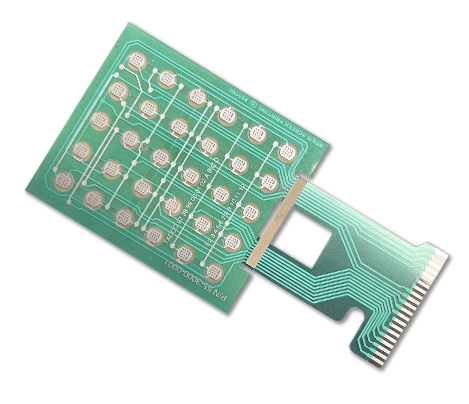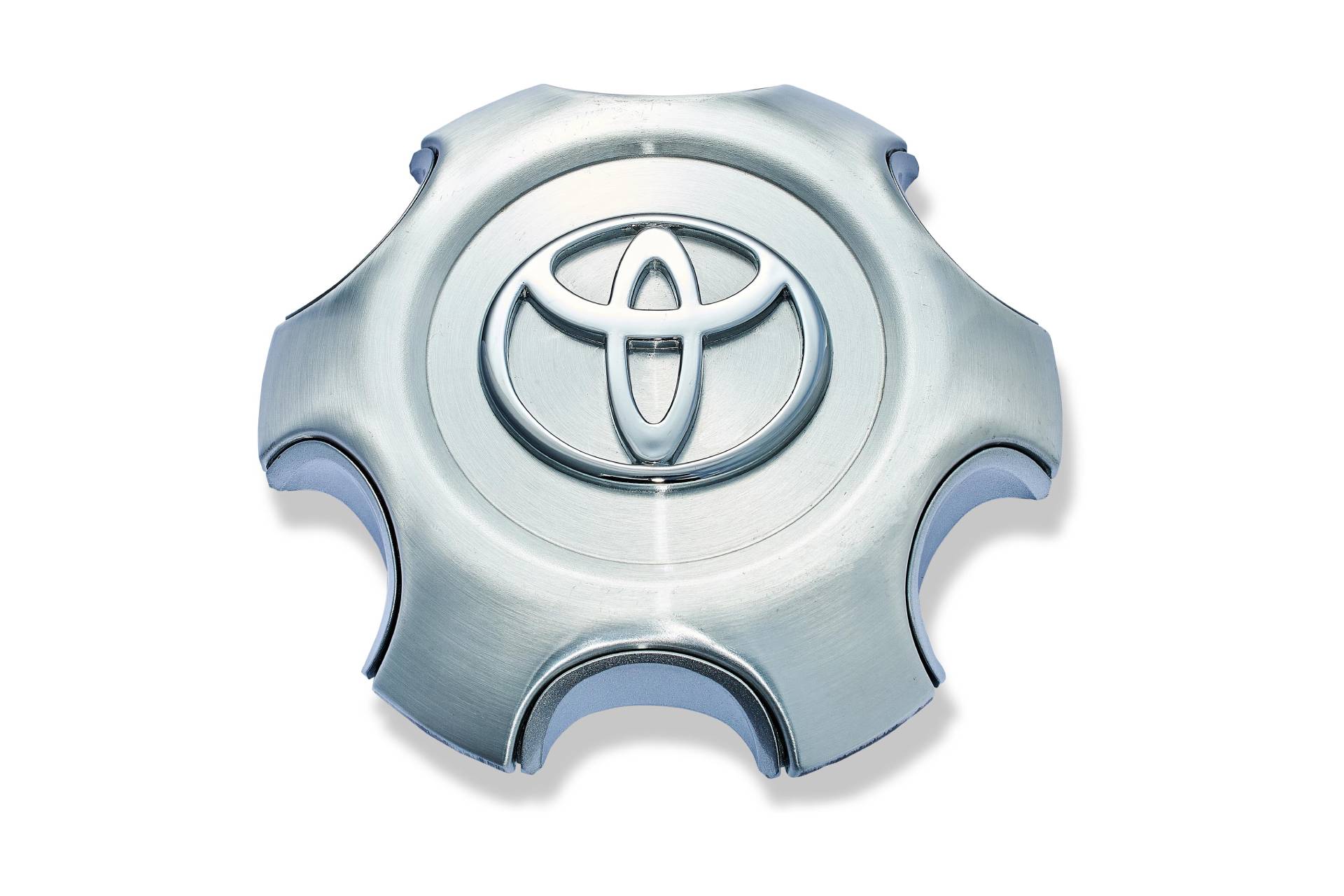Understanding the Technology Behind Membrane Switches
Understanding the Technology Behind Membrane Switches
Blog Article
Comprehending the Significance of Membrane Switches in Individual Interfaces
Membrane switches are indispensable parts in the style of efficient user interfaces, assisting in not only capability but additionally improving visual appeal and customer interaction. Their unique functions, such as resistance to personalized styles and ecological elements, make them suitable for a diverse selection of applications across numerous industries. As we check out the future trends and different benefits related to Membrane modern technology, it becomes clear that these switches are extra than just elements; they stand for a convergence of innovation and functionality. The effects of this technology on individual experience deserve analyzing additionally.
What Are Membrane Switches?

The spacer layer, which includes glue properties, allows for the splitting up of the circuit layer from the overlay, making sure that the switch remains in a non-activated state until pushed. When stress is applied to the overlay, it compresses the spacer layer, bridging the space and completing the circuit in the underlying layer. This layout not just decreases the physical space required for standard mechanical switches yet also enhances the sturdiness of the device, as Membrane switches are generally resistant to dirt, wetness, and various other ecological factors.
Generally found in applications ranging from consumer electronics to clinical tools, Membrane switches are integral to modern-day innovation, giving a effective and user-friendly user interface that aligns with modern style demands.
Advantages of Membrane Switches
While various switch innovations exist, Membrane Switches offer distinctive benefits that make them especially desirable in different applications. One of the key advantages of Membrane switches is their portable design, which allows for space-saving executions in gadgets where realty is limited. Their slim account not only improves visual appeal however additionally promotes lightweight construction.
An additional substantial advantage is their resistance to environmental factors. Membrane buttons are typically secured versus wetness, dust, and contaminants, making them ideal for usage in demanding settings, such as medical devices and industrial tools. This resilience prolongs the life-span of the button, lowering maintenance prices and boosting reliability.
In addition, Membrane switches can be personalized to meet particular layout demands, incorporating one-of-a-kind graphics and colors that improve individual communication. Their tactile feedback choices can also be customized to supply an enjoyable individual experience. Furthermore, Membrane buttons are economical, specifically in high-volume applications, as they can be generated effectively.
Applications in Various Industries

In the customer electronic devices market, Membrane buttons prevail in devices such as microwaves, washing makers, and remote controls. Their responsive feedback and aesthetic alternatives boost user experience while supplying a streamlined, contemporary appearance. Additionally, automotive suppliers make use of Membrane switches in dashboard controls and infomercial systems, where area is limited, and individual involvement is essential.
Additionally, the industrial field leverages Membrane buttons in control panels for machinery and devices, enabling intuitive operation in frequently severe settings. Their resistance to chemicals and wetness ensures durability and reliability in these applications. Generally, the adaptability of Membrane Switches adds dramatically to their widespread usage, making them vital in numerous technical domains.
Design Considerations for Membrane Buttons

When designing Membrane buttons, a number of key considerations have to be taken into consideration to ensure optimum performance and user experience. Firstly, the option of products is vital; selecting sturdy, premium substrates can boost try this the button's longevity and resistance to environmental factors such as dampness and temperature changes.
Secondly, the layout of the graphic overlay ought to prioritize clarity and simplicity of usage. Symbols and message should be understandable, and the design needs to facilitate user-friendly communication (membrane switches). Furthermore, responsive responses is important; including a tactile dome or other systems can boost the individual experience by providing physical confirmation of activation
One more crucial variable is the button's electrical efficiency. Designers have to guarantee that the conductive traces are appropriately developed to lessen resistance and avoid signal interference. This involves examining the required actuation pressure and ensuring compatibility with the digital elements they will certainly interface with.

Future Fads in Membrane Innovation
As technology remains to advancement, Membrane buttons are positioned to evolve considerably, driven by technologies in materials and manufacturing strategies. One emerging trend is the consolidation of innovative products, such as adaptable substratums and conductive inks, which boost durability and reduce the general weight of Membrane switches. These materials not just improve the tactile response yet additionally allow for the design of buttons that can stand up to harsher environmental conditions.
Additionally, the integration of touch-sensitive modern technologies is transforming standard Membrane Switches into even more interactive user interfaces. Capacitive touch sensing units embedded within Membrane button panels can provide a more user-friendly and responsive individual experience, lining up with the growing demand for smooth, modern-day styles in consumer electronic devices.
Furthermore, developments in printing strategies, such as electronic and 3D printing, enable fast prototyping and customization of Membrane buttons. This flexibility permits makers to react quicker to market demands and consumer choices.
Lastly, sustainability is becoming a significant focus, with manufacturers checking out environment-friendly materials and processes. As these patterns unravel, the future of Membrane innovation promises enhanced functionality, visual appeal, and ecological obligation, strengthening their function in advanced interface here are the findings throughout various sectors.
Verdict
Finally, Membrane Switches represent an essential element in the design of interface, combining functionality with visual flexibility. Their benefits, consisting of durability and resistance to ecological variables, make them suitable for diverse applications across various sectors. Thoughtful layout factors to consider boost user communication and experience. As improvements in technology continue, the advancement of Membrane switches is expected to further refine customer interfaces, driving technology and enhancing usability in a significantly intricate technological landscape.
Membrane switches are integral components in the layout of efficient customer interfaces, facilitating not only functionality however additionally boosting visual appeal and customer interaction.Membrane Switches serve as a vital component in numerous user interfaces, facilitating a smooth interaction in between individuals and digital devices.While numerous switch technologies exist, Membrane Switches offer go to these guys distinct benefits that make them specifically desirable in different applications.In addition, Membrane buttons can be tailored to fulfill certain design needs, incorporating distinct graphics and shades that improve individual interaction.In final thought, Membrane Switches represent an essential element in the design of user interfaces, integrating functionality with visual adaptability.
Report this page